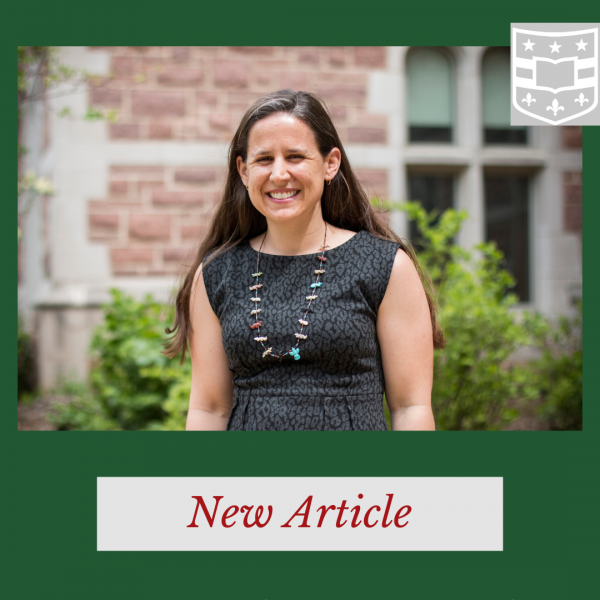“Persistence of Gender Biases in Europe”
Significance
Gender bias is an important social problem that plagues some locations more than others. This might be because it has deep historical roots, extending back centuries. We explore this possibility by using skeletal records from archaeological sites in Europe to construct a historical indicator of gender bias based on a biological marker found in human teeth. We find that individuals who reside in places that historically favored men over women display more promale bias today than those who live in places where gender relations were more egalitarian centuries ago. This relationship disappears in locations that have suffered a large-scale population replacement, disrupting the transmission of values.
Abstract
Prior work suggests that modern gender bias might have historical roots but has not been able to demonstrate long-term persistence of this bias due to a lack of historical data. We follow archaeological research and employ skeletal records of women’s and men’s health from 139 archaeological sites in Europe dating back, on average, to about 1200 AD to construct a site-level indicator of historical bias in favor of one gender over the other using dental linear enamel hypoplasias. This historical measure of gender bias significantly predicts contemporary gender attitudes, despite the monumental socioeconomic and political changes that have taken place since. We also show that this persistence is most likely due to the intergenerational transmission of gender norms, which can be disrupted by significant population replacement. Our results demonstrate the resilience of gender norms and highlight the importance of cultural legacies in sustaining and perpetuating gender (in)equality today.
Learn more about this paper here.




